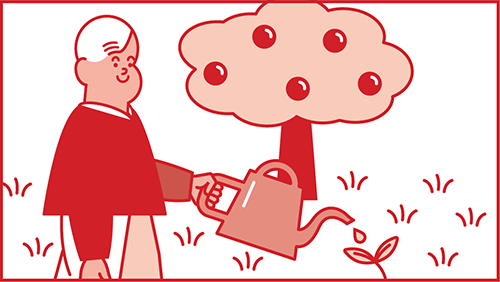For more stories like this, sign up for the PLANSPONSOR NEWSDash daily newsletter.
PBGC Takes Bankrupt Manufacturer's Two Pension Plans
A PBGC news release said the nation’s private-sector pension insurer stepped in because nearly $4 million in required contributions to the company’s two underfunded pension plans were due and unpaid, and the pension plans would be abandoned after Specialty Filaments completed bankruptcy liquidation.
The two plans are the Polymers Inc. Restated Pension
Plan and the Retirement Plan for Union Employees of E.B.
and A.C. Whiting Company. Together, the plans have assets
of $4.2 million to cover $13.3 million in benefit
liabilities, according to PBGC estimates. The agency
expects to be responsible for about $8.7 million of the
$9.1 million shortfall, the release said.
Both plans were terminated as of January 11, 2007, when
Specialty Filaments filed for Chapter 7 bankruptcy. The
company was a
manufacturer of materials used in brushes and brooms
based in Middlebury, Vermont.
The U.S. Bankruptcy Court approved a sale of substantially all of the company’s assets to an affiliate of the Thomas Monahan Co. of Arcola, Illinois, in a transaction that does not include the pension plans, according to the news release.




